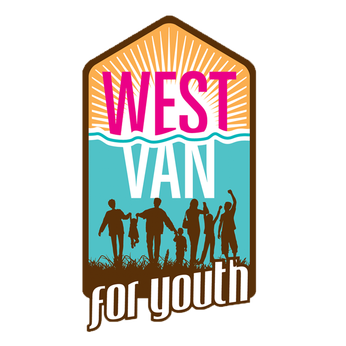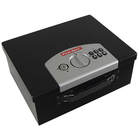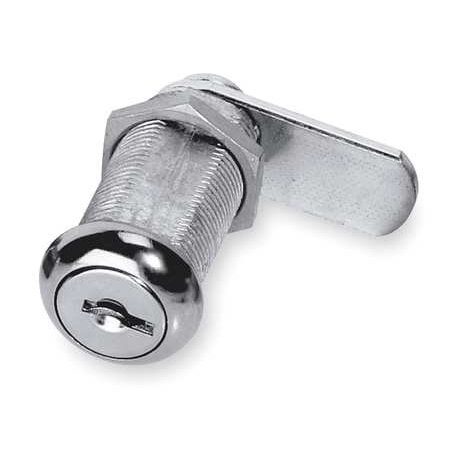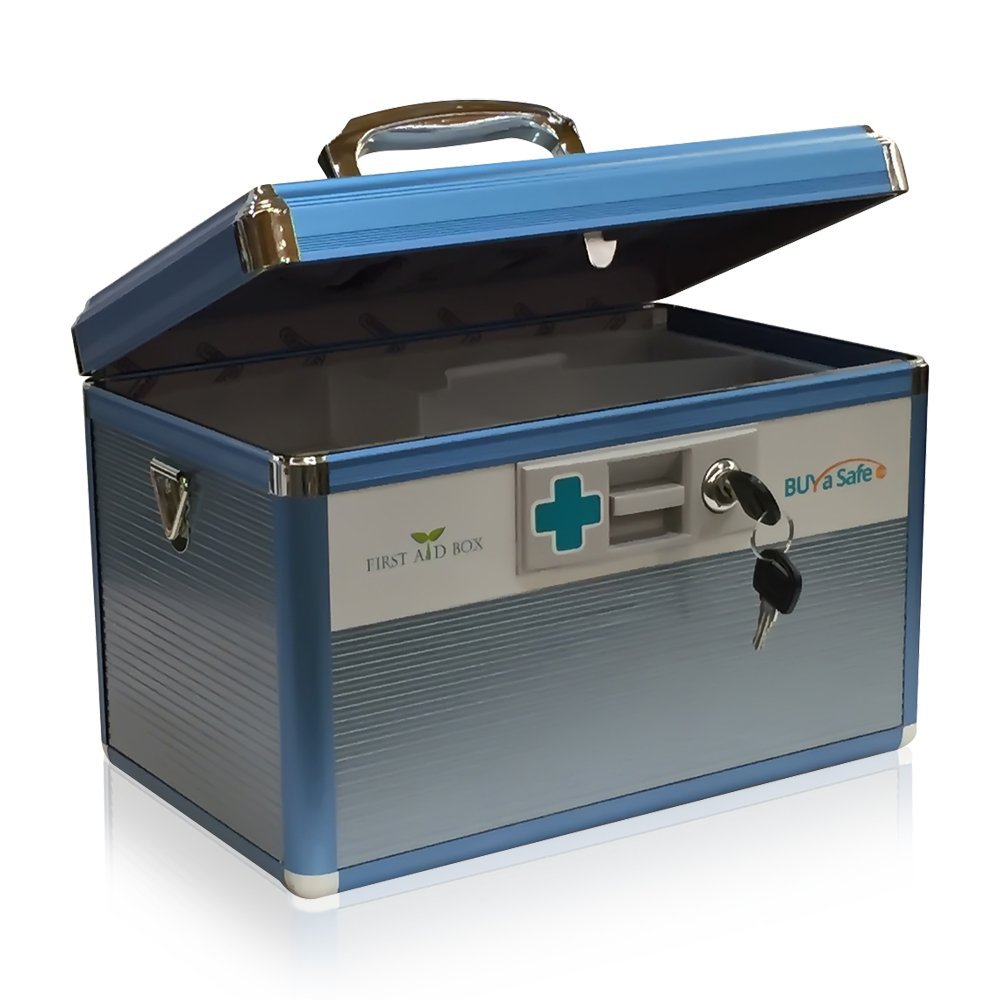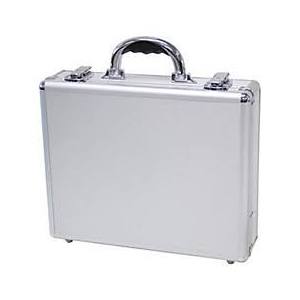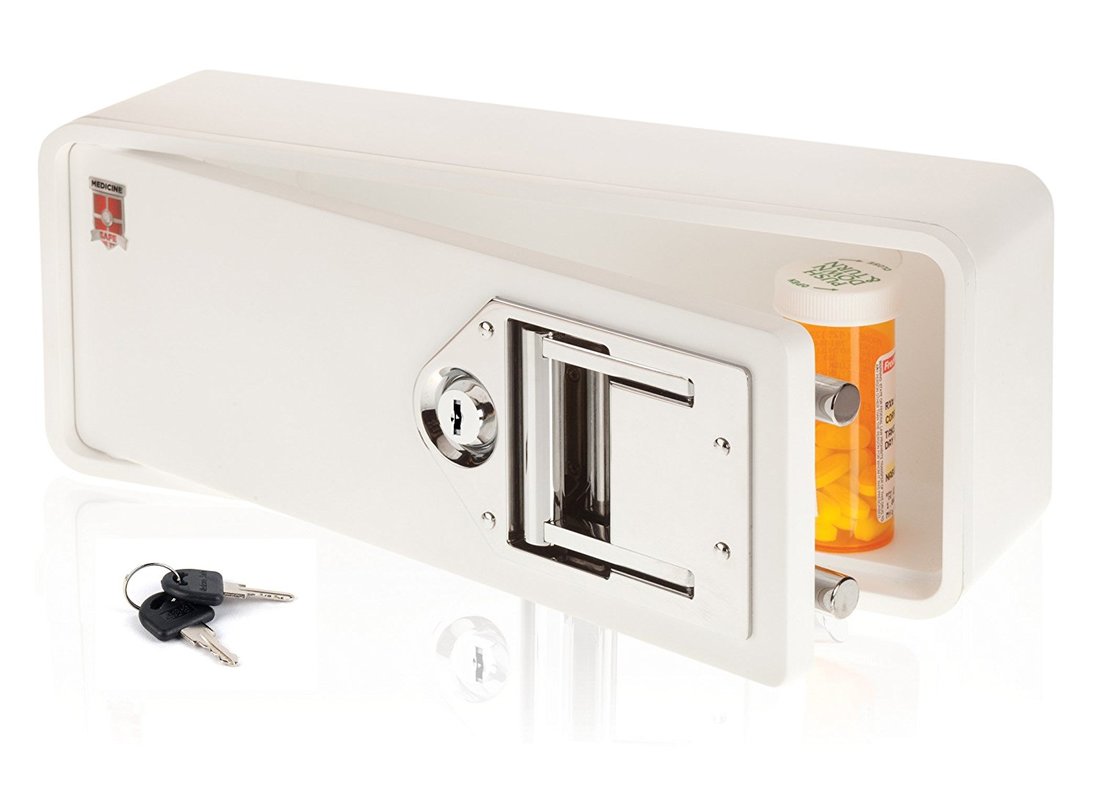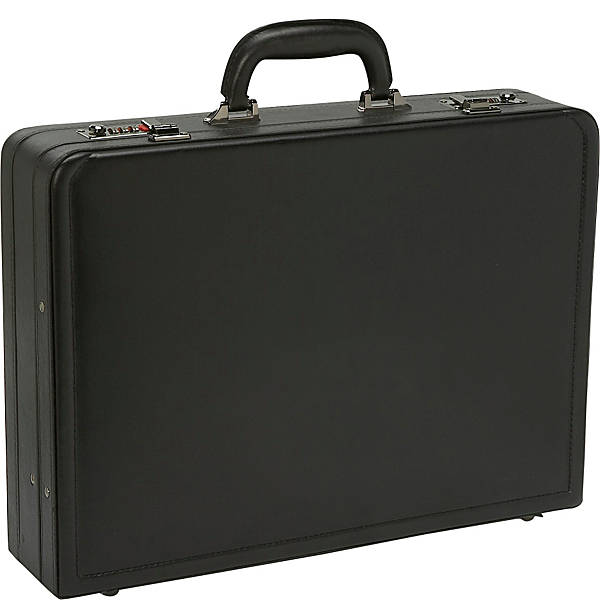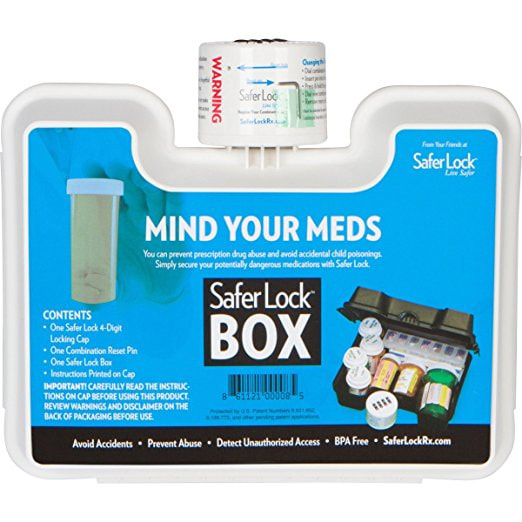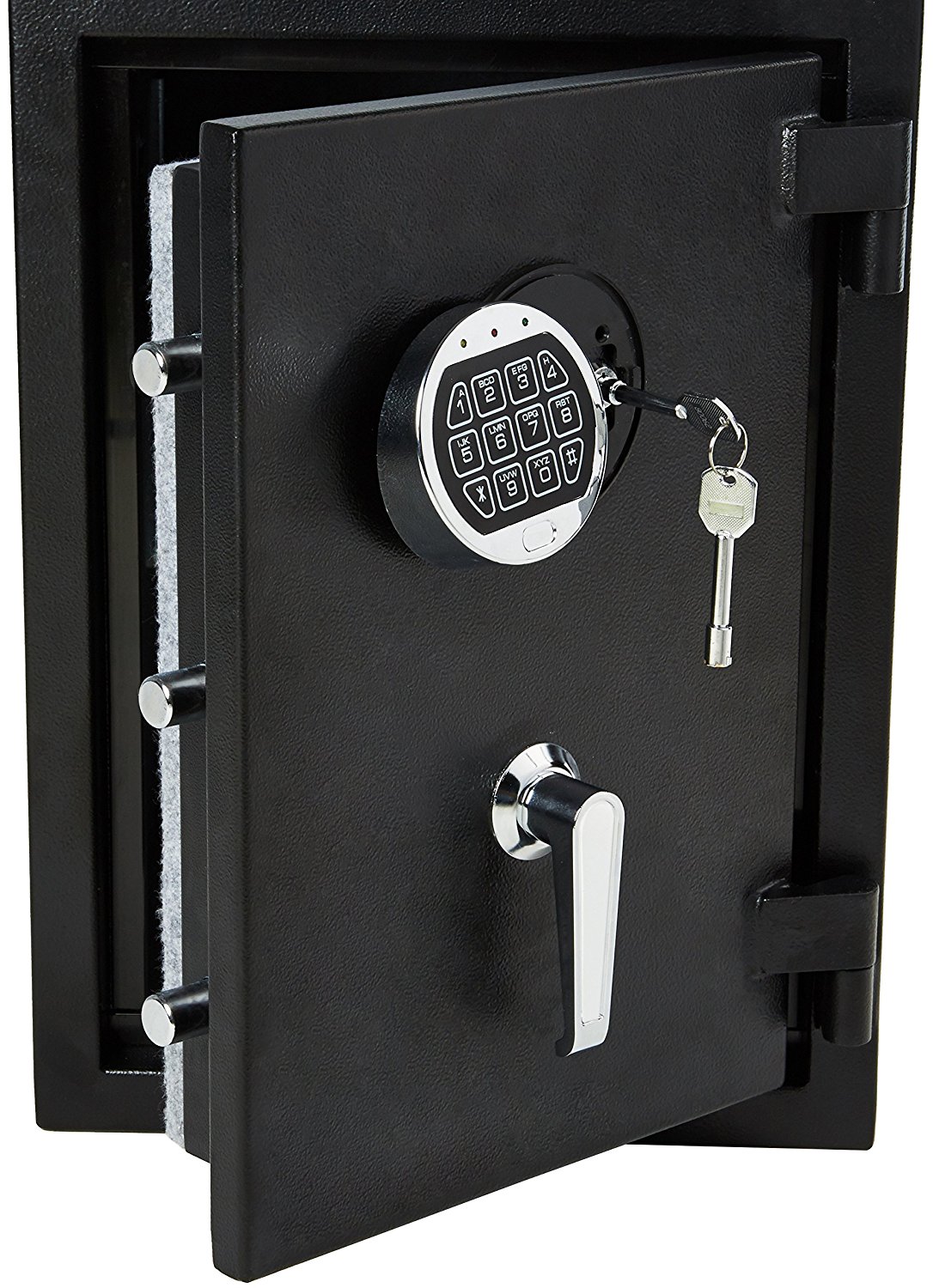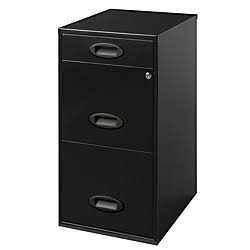Are you concerned about a young person you know?
There is support for your family in our local schools.
To learn more about substance use prevention in schools click here
Tips for Practicing Prevention
Secure Prescription Medicine, Marijuana and/or Alcohol
Securing medications and disposing of unwanted/unused/expired medications helps prevent suicide, drug misuse and accidental overdose. It's important to secure your medication and keep it out of reach of children.
Consider what a "secure" location in your environment looks like for you and your loved ones. Think about a place you know is safe or discreet. Below are some resources for purchasing a lock box if you are able and interested.
Please note featuring these items does not mean West Van for Youth sponsors or necessarily promotes any one brand over the other. Please view these options as examples. Notice prices are subject to change and by clicking "Purchase" you will be leaving the WVY website. Use discretion when shopping online and keep an eye out for red flags.
Consider what a "secure" location in your environment looks like for you and your loved ones. Think about a place you know is safe or discreet. Below are some resources for purchasing a lock box if you are able and interested.
Please note featuring these items does not mean West Van for Youth sponsors or necessarily promotes any one brand over the other. Please view these options as examples. Notice prices are subject to change and by clicking "Purchase" you will be leaving the WVY website. Use discretion when shopping online and keep an eye out for red flags.
|
|
|
|
|
|
It's responsible to safely dispose of your unused, expired or unwanted medication. Get rid of it the right way.
Find a sponsored take-back site near you: http://www.takebackyourmeds.org/. For further information about local drug take back events and resources visit https://www.preventcoalition.org/resources/.
Find a sponsored take-back site near you: http://www.takebackyourmeds.org/. For further information about local drug take back events and resources visit https://www.preventcoalition.org/resources/.
Start The Conversation (Early)
You are the most powerful influence in your child's life.
Kids who learn about the dangers of drugs from their parents are 50% less likely to use alcohol and drugs than those who don't (Partnership Attitude Tracking Survey). Additionally, the Healthy Youth Survey informs us that alcohol and drug use can start as early as middle school. It's important parents open up the conversation and let their kids know it's okay to talk to them about such important and difficult decisions.
Read the Cannabis Conversations toolkit by Prevent Coalition for information on starting prevention conversations with youth.
Get more tips for starting the conversation at www.StartTalkingNow.org.
Kids who learn about the dangers of drugs from their parents are 50% less likely to use alcohol and drugs than those who don't (Partnership Attitude Tracking Survey). Additionally, the Healthy Youth Survey informs us that alcohol and drug use can start as early as middle school. It's important parents open up the conversation and let their kids know it's okay to talk to them about such important and difficult decisions.
Read the Cannabis Conversations toolkit by Prevent Coalition for information on starting prevention conversations with youth.
Get more tips for starting the conversation at www.StartTalkingNow.org.
Set Clear expectations and boundaries
|
Setting clearly expressed boundaries and expectations is a protective factor, meaning boosts resiliency and likelihood of success and healthy living (Youth.Gov). Having clear rules about no alcohol or marijuana use and consistently enforcing reasonable consequences for breaking the rules helps keep children safe (Washington Healthy Youth Coalition).
If a child knows well in advance their parents disapprove, when they are offered drugs or given the opportunity to use they are more likely to decline. If you're up for it, it's recommended to practice role playing refusal skills and how to say "No" to peers in various situations. Get more tips for setting boundaries at at www.starttalkingnow.org/parents |
|
Know Who your kids hang out with and What they are doing
It's easier to monitor changes in behavior patterns when parents know their children's friends. Know generally where they are, who they are with and what they are doing.
Connecting with children's peers is considered a protective factor and reduces the likelihood of substance use (Youth.Gov). If needed, call their friend's parents to be sure there is supervision and if you're not comfortable with the situation, offer to host their friends at your house (Washington Healthy Youth Coalition).
Sometimes prevention takes a community. Get to know the parents of your children's peers and work together to keep your kids healthy and safe.
Get more tips at www.starttalkingnow.org/parents
Connecting with children's peers is considered a protective factor and reduces the likelihood of substance use (Youth.Gov). If needed, call their friend's parents to be sure there is supervision and if you're not comfortable with the situation, offer to host their friends at your house (Washington Healthy Youth Coalition).
Sometimes prevention takes a community. Get to know the parents of your children's peers and work together to keep your kids healthy and safe.
Get more tips at www.starttalkingnow.org/parents
Get Informed, Stay Informed
Knowledge is power. One of the first steps to prevention is knowing what it means, what works and what doesn't, staying up to date with current research and sharing information with not only your peers but also your children.
Here are a few ways to get started:
Here are a few ways to get started:
- Connect with a local coalition or organization and attend a training they offer
- Participate in a Guiding Good Choices or Incredible Years parent class offered by West Van for Youth
- Read studies about Risk and Protective Factor Theory
- Learn about Adverse Childhood Experiences, ACE's, and how to build resiliency
- Study what works in prevention and what doesn't work
- Hear about the consequences and negative health effects of using drugs and alcohol
- Email our coordinator to learn more about what we're doing and how you can get more informed in partnership with West Van for Youth
Connect with your Community
Prevention is not a one-person job, nor should it be. Connect with your community and stay in the loop. Consider local coalitions, task force programs, local community events, neighborhood associations and more!
Ask yourself:
West Van for Youth hopes and aims for the answers to all the questions above are "Yes!"
Ask yourself:
- Do I know my neighbors?
- Will my neighbors call me if they observe my children participating in risky behavior?
- If I am unavailable, do my kids have supportive adults they trust in the community they can turn to? Tip: having three or more non-parent supportive adults is a protective factor and boosts resiliency (samhsa.gov).
- If I myself need help or advice on how best to support my youth and guide them to make good choices, do I know who to call?
West Van for Youth hopes and aims for the answers to all the questions above are "Yes!"
Support local environmental strategies
Environmental strategies seek to make change on the large scale of the community, impacting community norms, regulations, and access/availability of substances. These universal strategies can be implemented at the school, community or county level. Review the following and consider ways you might support some of these strategies for prevention.
- Advertising restrictions: Implementing policies that limit alcohol and other drug advertising.
- Changing hours and days of sale: Changes in licensing that modify hours of service can have a significant effect on drinking and drinking-related problems.
- Changing conditions of availability:
- Densities or concentrations of retail outlets: The number of outlets may be restricted directly or indirectly through policies that make licenses more difficult to obtain (such as increasing the cost of a license).
- Drinking locations and alcohol possession: Specifying locations where drinking cannot occur is a policy that has been implemented with laws against public drinking and/ or public intoxication. This can include prohibiting drinking in parks, other recreational locations, or at the workplace.
- Restricting access to alcohol at social events: This strategy involves restricting the flow of alcohol at parties and other events to reduce overall social availability of alcohol.
- Restrictions on price, promotions and alcohol discounts: Regulation or restriction of “happy hours” and other price promotions of alcohol.
- Compliance checks: Law enforcement checks whether a licensed establishment sells alcohol to those who are, or appear to be, underage.
- Economic interventions (increasing taxes): Increasing excise taxes on alcohol to decrease consumption.
- License suspension/revocation: Sanction of suspending or revoking a license for underage individuals who violate drinking or marijuana use laws.
- Social host ordinance: A local ordinance that establishes either a civil or criminal offense for a person who provides alcohol to those under 21 years of age. This allows law enforcement to cite the individual who hosted the party or who owns or controls the property where parties occur.
- Social norms marketing: Youth tend to overestimate their peers’ use behaviors and attitudes toward substance use. Social Norms Marketing uses conventional marketing techniques to correct misperceptions of peer use and decrease negative behaviors.
- Zero-tolerance laws: Working with your local police department to consistently enforce the state zero-tolerance law
Prevention: What Works, What Doesn't?
Effective Strategies for Children
According to the Department of Social and Health Services, prevention programs should focus on building social competence, self-regulation and academic skills with children. Specifically, programs and parents should focus on developing:
- Self-control
- Emotional awareness
- Communication
- Social problem-solving
- Academic support, especially in reading.
Effective Strategies for Adolescents
According to the Department of Social and Health Services, prevention programs should focus on increasing academic and social competence with adolescents by teaching the following skills:
- Study habits and academic support
- Communication
- Peer relationships
- Self-efficacy and assertiveness
- Drug refusal skills
- Reinforcing anti-drug attitudes
- Strengthening personal commitment against drug use.
Effective Strategies for Families
According to the Department of Social and Health Services, prevention programs should focus on strategies and activities that enhance family bonding and positive relationships. Specifically, focus on developing these skills:
- Use of good parenting skills- supportiveness, communication, involvement, monitoring and supervision
- Practice developing, discussing and enforcing family policies on substance use
- Drug education and information for parents to enhance opportunities for family discussion
Effective Strategies for Programs
According to the Department of Social and Health Services, there are a number of specific strategies for programs to utilize.
- Building social and personal skills. Building these skills enhances individual capacities, influences attitudes and promotes behavior inconsistent with use
- Cite immediate consequences. Youth tend to be more concerned about social acceptance and the immediate rather than the long-term effects of behaviors or choices
- Communicate positive peer norms. Demonstrate the accurate, real and positive behaviors existing within the community that support a standard of non-use
- Involve youth with peer-led components. Peer-led approaches can be more effective than adult-led
- Use interactive approaches. Giving youth opportunities to practice newly acquired skills through interactive measures like cooperative learning and group exercises help meaningfully engage them in prevention education.
Counterproductive Strategies
According to the Department of Social and Health Services, some prevention strategies have been found not to work, ineffective or even counterproductive. These include:
- Fear arousal. Using scary or graphic images and scare tactics like mock car crashes exaggerate dangers, promote false information or distant consequences and teens tend to disbelieve or discredit this information. Additionally, it's possible to re-traumatize someone by using these strategies
- One-time assemblies and events. Stand-alone events with gruesome displays create temporary emotional shifts but don't impact behavior or intentions to use without follow up
- Personal testimony from people in recovery. Even if their story is powerful, this tactic can normalize drug use and demonstrate how it's possible to use drugs and "bounce back." Teens tend to observe the positive attention these speakers get and will hear that this person was able to stop using so they could too. This strategy is best saved for people in recovery or in a treatment center. As a universal strategy the prevention message can backfire
- Reinforcing exaggerated social norms. Teens mistrust information that doesn't seem credible. These messages undermine healthy teen responses to pressure to use alcohol or other drugs and doesn't focus on the positive. Avoid sensationalizing information regarding high rates of use
- Drug fact sheets. Teaching youth how to identify, find or use drugs does not change behavior or attitudes and in fact can do the opposite of preventing use. Additionally, showing the benefits of using drugs even when pairs with consequences can be counter-effective. Avoid sharing methods of use, street names for drugs, potential benefits or reasons people use and more
- Moralistic appeals. Messages like, "Kids who take drugs are losers!" produce the opposite effect prevention is seeking. Avoid dividing people. Youth are developing their own set of core values that may be different than that of their families or institutions
- Role play that conditions youth to be drug users or dealers. Role play can be a vital strategy for practicing things like refusal skills, but evidence-based programs understand it's ineffective to do role plays in an unstructured way. Avoid having youth in the role of "dealer" or "user" trying to find or sell alcohol or other drugs. Avoid having youth act as if they are under the influence in an unstructured way
- Grouping at-risk youth together. In early adolescence this strategy may inadvertently reinforce problem behavior as they are able to learn from their more experience peers.
Online Resources
Parents & Community Members
www.askhys.net/Reports
- Visit 211info
- View the 2019 Clark County resource guide and see what's available near you
- Call Crisis Services at 800.626.8137 or TTY 866.835.2755 or visit their website
- Visit NIDA for parents
- Review what works and what doesn't work in prevention. As a general rule of thumb:
- Focus on healthy alternatives to using
- Enhance connections to, and bond with, pro-social adults, peers and organizations
- Use structured interactive approaches that include skill practice and
- Focus on normative education that portrays true use rates and corrects misconceptions
- Review the Clark County Healthy Youth Survey data and findings
- Access the Stanford Medicine Toolkit for Tobacco Prevention
- Read the parent's guide to e-cigarettes and vaping
- Visit Start Talking Now for the latest resources regarding prevention conversations with children
- Learn why marijuana is still risky for teens, what you should and shouldn't say when talking with your teen, and how to respond to their questions from the Partnership for Drug Free Teens
- Read this article about talking to your kids about drugs if you have done drugs too
- Visit the Athena Forum calendar for opportunities for professional development and training or visit this page for a list of other calendars to review
- Visit the PSCBW for information on becoming a certified prevention specialist in Washington State
- Learn about mapping your neighborhood resources
|
|
|
|
|
|
Providers
- Review what works and what doesn't work in prevention programming. Programs should:
- Build social and personal skills
- Cite immediate consequences of using
- Communicate positive peer norms
- Involve youth with peer-led components and
- Use interactive approaches
- Know the risks of e-cigarette use among youth, by the Surgeon General
- Review the Clark County Healthy Youth Survey data and findings
- Review the Community Health Needs Assessment by the Healthy Collumbia Willamette Collaborative
- Read the Surgeon General's report on addiction in America
- Attend a Making the Connection training and learn about the connection between ACE's, toxic stress, brain development and youth substance use
- Read the Youth Now Community Needs Assessment for marijuana prevention
- Participate in and promote local prescription drug take back events
- Provide brochures or handouts in waiting areas with substance use prevention strategies for parents. Get information at www.StartTalkingNow.org
- Educate patients about the unhealthy use of alcohol or other drugs, including how much alcohol is considered one drink
- Screen patients for substance use disorders, and refer at-risk individuals for an alcohol/ drug assessment. For educational materials and screening information and tools visit www.dshs.wa.gov/wasbirt
- Follow up with at-risk patients to see if they received screening and treatment services. Patients can get free, confidential referrals by calling the Washington Recovery Help Line: 1-866-789-1511
- Get information about opioid prescribing guidelines and preventing and reversing overdose at www.stopoverdose.org
Youth
- Talk to a peer trained in peer support about anything you are facing!
- TeenTalk: 360-397-2428 Available Monday to Thursday 4-9 pm, Friday 4-7 pm PST
- Teen Link: 1-866-Teenlink (1-866-833-6546) Available 6-10 pm PST
- Apply to become a member of the Clark County STASHA Peer Education program or visit its Instagram for prevention messaging and support
- Visit the Youth Now website and learn Just the Facts about all types of substances
- Speak with the front office staff at your school or the school counselor to see if your school has a prevention club, support group or Prevention Specialist who can connect you with other local resources and support
- NIDA for Teens offers scientific information on drugs and alcohol written specifically for young people
- Download the 2019 Clark County resource guide for hotlines and organizations near you
- Visit the #OutOfThePicture campaign and see the truth about how many Washington teens actually use
- Remember that YOU CAN. Learn current laws in Washington, facts and consequences of using
- Learn to support yourself and your peers with Youth Now's Friend to Friend toolkit
- Visit the Truth Initiative and learn about realities young people are facing just like you
- Youth Now shares healthy ways to cope. Find one that's right for you!
- Watch Hannah's Tips on how to craft advocating messages and communicate with your legislators
|
|
|
Resources in West Vancouver
When we were established in 2011, there was only one other substance use prevention coalition in Clark County. There are now six substance use prevention coalitions in Clark County. It is clear Clark County values prevention efforts as shown by the many coalitions, boards and task forces within the county.
We focus on a smaller geographic region. This narrow focus in west Vancouver helps residents and businesses in taking initiative on the substance use issues in their own neighborhoods. In addition, a narrow focus on west Vancouver allows for a sense of ownership community members may not feel on a county level.
We focus on a smaller geographic region. This narrow focus in west Vancouver helps residents and businesses in taking initiative on the substance use issues in their own neighborhoods. In addition, a narrow focus on west Vancouver allows for a sense of ownership community members may not feel on a county level.
There are many resources available to west Vancouver youth and families. Some programs/services include:
Area Churches (West Vancouver) – Each church has its own program. Many of the churches in the area have youth groups, AA meetings, NA meetings and support groups for families and married couples.
Boys & Girls Clubs of Southwest Washington (BGCSW) – BGCSW actively seeks to enrich the lives of Club members by ensuring greater access to quality programs. Members explore a variety of interest- and need-based programs in five core areas: Character and Leadership Development, Education and Career Development, Health and Life Skills, The Arts, Sports, Fitness and Recreation.
Children’s Home Society of Washington (CHSW) – Children's Home Society of Washington helps to provide children with strong families, loving stable homes and their best chance for happiness and success. It provides a comprehensive network of care to 39,000 children and families each year in early learning, family support, out-of-home care, child and family counseling, adoption and advocacy.
Triple Point – A local youth group for gay, lesbian, bisexual, transgender, questioning, and straight ally youth, ages 11-17 years old, currently provides a safe space, support, education and information and referral services through CHSW. Triple Point also provides youth with a meal and structured activities during each meeting.
Clark County TeenTalk – TeenTalk offers support to youth both over the phone and through the Internet. Youth volunteers complete 32 hours of training prior to taking calls, which gives them information about many of the issues facing today’s young people.
Community Services Northwest (CSNW) – Provides treatment for individuals and families struggling with addiction, mental illness, homelessness, and sometimes all three. CSNW is committed to serving low-income adults and families. It offers the following programs: Addictions, Mental Health, Dialectical Behavior Therapy, Housing, and the Wellness Project.
Columbia River Mental Health Services (CRMHS) – CRMHS offers a variety of services, including:
Council For The Homeless (Clark County Resource Guide)–This Resource Guide lists resources for people who are homeless or at risk of becoming homeless in Clark County. Inclusion in this Resource Guide does not constitute an endorsement by the Council for the Homeless.
Early Childhood Programs:
Graduation, Reality, and Dual-Role Skills (G.R.A.D.S.) – An in-school Family and Consumer Sciences instructional and intervention program for pregnant and parenting teens, male and female. Objectives focus on graduation and retention, positive health care practices, knowledge of positive parenting practices, setting vocational and career goals, balancing work and family and delaying subsequent pregnancies.
Jim Parsley Center – A community center offering summer day camps, Saturday Adventure Club (once a month), swimming pool, climbing wall and other activities for children and families.
Nurse Family Partnership – Nurse-Family Partnership helps at-risk, first-time mothers to have healthy pregnancies, improve child health and development, and become more economically self-sufficient. Nurses visit pregnant women during their pregnancy and up until the child is 2 years old.
Parks and Recreation – The Parks and Recreation department provides recreation and sports programs for residents of all ages and manages nearly 7,000 acres of parkland, over 44 miles of trails, a number of community facilities, including pools, a tennis/racquetball center, and community centers.
SW Medical Center – PeaceHealth Southwest Medical Center is committed to serving our community. In addition to providing quality health care, PeaceHealth Southwest contributes to and participates in many ways with community agencies and groups. The major elements of community benefits are:
Prevent Coalition – Prevent Coalition is a nonprofit volunteer coalition of community organizations, groups and individuals working together toward a common goal of building a safe, healthy and drug-free community in Clark County.
Safe Communities Task Force – The Safe Communities Task Force unites businesses, government, faith-based organizations, youth agencies, law enforcement, schools, juvenile court and others for the purpose of building a healthy, violence-free and gang-free Clark County.
Family-Community Resource Centers (FCRC) – FCRCs create a strong foundation for student learning by coordinating resources for families. These resources include basic needs such as food, clothing, emergency housing, health care and mental health services.
Student Assistance Professionals – Discovery Middle School and Hudson’s Bay High School and some other schools in Vancouver have Student Assistance Professionals, this is a person on campus who works to support students and families impacted by substance use.
STASHA Peer Education Program – Clark County youth between the ages of 12-19 working to prevent substance use among their peers and with their community using their own words and in their own way.
Youth Commission – Clark County youth who work with the Clark County Council, county departments and community organizations to: advise and make recommendations about the work these groups do that has an impact on youth, identify issues and concerns of youth and take action, and provide leadership opportunities for youth.
YWCA Clark County - One of Clark County’s largest nonprofit organizations serving more than 10,000 community members through various advocacy, education, and outreach programs, services, and events. Programs are offered for sexual assault, domestic violence, independent living skills, child care/preschool, etc. The YWCA runs a domestic violence shelter and housing for anyone needing a safe, drug-free environment, regardless of gender.
Area Churches (West Vancouver) – Each church has its own program. Many of the churches in the area have youth groups, AA meetings, NA meetings and support groups for families and married couples.
Boys & Girls Clubs of Southwest Washington (BGCSW) – BGCSW actively seeks to enrich the lives of Club members by ensuring greater access to quality programs. Members explore a variety of interest- and need-based programs in five core areas: Character and Leadership Development, Education and Career Development, Health and Life Skills, The Arts, Sports, Fitness and Recreation.
Children’s Home Society of Washington (CHSW) – Children's Home Society of Washington helps to provide children with strong families, loving stable homes and their best chance for happiness and success. It provides a comprehensive network of care to 39,000 children and families each year in early learning, family support, out-of-home care, child and family counseling, adoption and advocacy.
Triple Point – A local youth group for gay, lesbian, bisexual, transgender, questioning, and straight ally youth, ages 11-17 years old, currently provides a safe space, support, education and information and referral services through CHSW. Triple Point also provides youth with a meal and structured activities during each meeting.
Clark County TeenTalk – TeenTalk offers support to youth both over the phone and through the Internet. Youth volunteers complete 32 hours of training prior to taking calls, which gives them information about many of the issues facing today’s young people.
Community Services Northwest (CSNW) – Provides treatment for individuals and families struggling with addiction, mental illness, homelessness, and sometimes all three. CSNW is committed to serving low-income adults and families. It offers the following programs: Addictions, Mental Health, Dialectical Behavior Therapy, Housing, and the Wellness Project.
Columbia River Mental Health Services (CRMHS) – CRMHS offers a variety of services, including:
- Child and Family Services
- Employment Services
- Outpatient and Medical Services
- Supported Housing
- Residential Facility - Elahan Place
- Treatment Programs at schools
- Drug and Alcohol Treatment
Council For The Homeless (Clark County Resource Guide)–This Resource Guide lists resources for people who are homeless or at risk of becoming homeless in Clark County. Inclusion in this Resource Guide does not constitute an endorsement by the Council for the Homeless.
Early Childhood Programs:
- Early Child Evaluation Center Vancouver School District – The Early Childhood Evaluation Center provides assessment services to help identify children ages three through five who may have developmental delays. Staff assesses children in the areas of speech and language, motor, social, cognition and adaptive skills to determine the need for early intervention.
- Educational Opportunities for Children and Families (EOCF) – The umbrella agency for Early Head Start, Head Start, ECEAP (described below), and ESIT (Early Support for Infants and Toddlers).
- Early Childhood Education and Assistance Program (ECEAP) and Head Start – Both programs provide free services and support to eligible children and families. ECEAP is offered at two of the feeder elementary schools in west Vancouver: Hough and Washington.
- SELF – Coalition with three task forces: Ready Families, Ready Schools, and Ready Professionals. Through SELF, Clark County residents work together to build a community that nurtures the full potential of our youngest children.
Graduation, Reality, and Dual-Role Skills (G.R.A.D.S.) – An in-school Family and Consumer Sciences instructional and intervention program for pregnant and parenting teens, male and female. Objectives focus on graduation and retention, positive health care practices, knowledge of positive parenting practices, setting vocational and career goals, balancing work and family and delaying subsequent pregnancies.
Jim Parsley Center – A community center offering summer day camps, Saturday Adventure Club (once a month), swimming pool, climbing wall and other activities for children and families.
Nurse Family Partnership – Nurse-Family Partnership helps at-risk, first-time mothers to have healthy pregnancies, improve child health and development, and become more economically self-sufficient. Nurses visit pregnant women during their pregnancy and up until the child is 2 years old.
Parks and Recreation – The Parks and Recreation department provides recreation and sports programs for residents of all ages and manages nearly 7,000 acres of parkland, over 44 miles of trails, a number of community facilities, including pools, a tennis/racquetball center, and community centers.
- Recreation and Community Enrichment:
- Marshall Community Center
- Luepke Center
- Firstenburg Community Center
- Vancouver Tennis Center
SW Medical Center – PeaceHealth Southwest Medical Center is committed to serving our community. In addition to providing quality health care, PeaceHealth Southwest contributes to and participates in many ways with community agencies and groups. The major elements of community benefits are:
- Community services – These are unreimbursed costs of programs and activities for four categories: community health programs and activities (including parenting classes), health profession education, health research, and cash and in-kind donations.
- Charity care designation – necessary hospital care is rendered to indigent persons, to the extent that the persons are unable to pay for care.
- Medicaid payment shortfall – unreimbursed costs of providing care to Medicaid recipients. Medicaid beneficiaries represent special needs populations with no other means of health insurance.
Prevent Coalition – Prevent Coalition is a nonprofit volunteer coalition of community organizations, groups and individuals working together toward a common goal of building a safe, healthy and drug-free community in Clark County.
Safe Communities Task Force – The Safe Communities Task Force unites businesses, government, faith-based organizations, youth agencies, law enforcement, schools, juvenile court and others for the purpose of building a healthy, violence-free and gang-free Clark County.
Family-Community Resource Centers (FCRC) – FCRCs create a strong foundation for student learning by coordinating resources for families. These resources include basic needs such as food, clothing, emergency housing, health care and mental health services.
Student Assistance Professionals – Discovery Middle School and Hudson’s Bay High School and some other schools in Vancouver have Student Assistance Professionals, this is a person on campus who works to support students and families impacted by substance use.
STASHA Peer Education Program – Clark County youth between the ages of 12-19 working to prevent substance use among their peers and with their community using their own words and in their own way.
Youth Commission – Clark County youth who work with the Clark County Council, county departments and community organizations to: advise and make recommendations about the work these groups do that has an impact on youth, identify issues and concerns of youth and take action, and provide leadership opportunities for youth.
YWCA Clark County - One of Clark County’s largest nonprofit organizations serving more than 10,000 community members through various advocacy, education, and outreach programs, services, and events. Programs are offered for sexual assault, domestic violence, independent living skills, child care/preschool, etc. The YWCA runs a domestic violence shelter and housing for anyone needing a safe, drug-free environment, regardless of gender.
